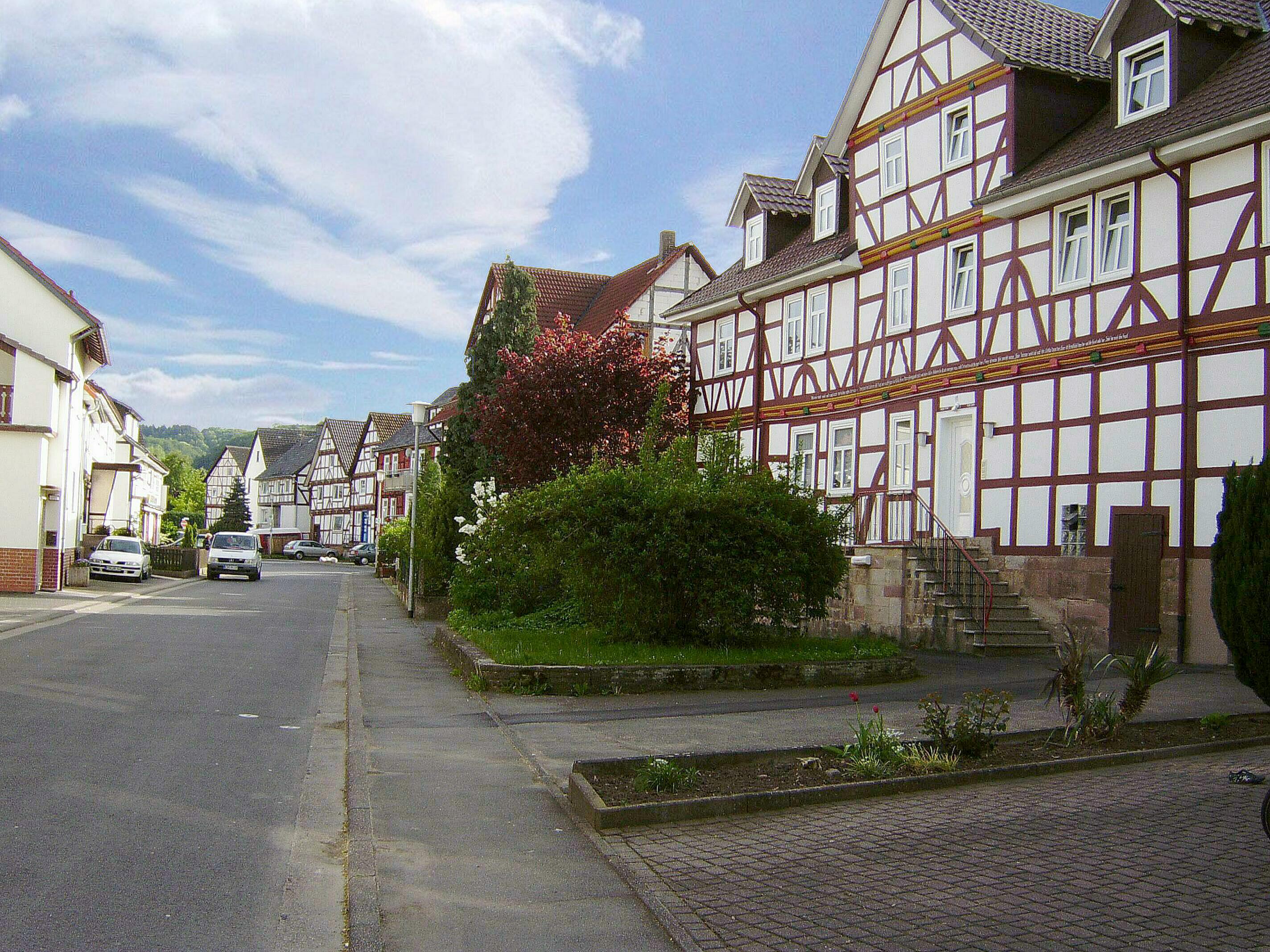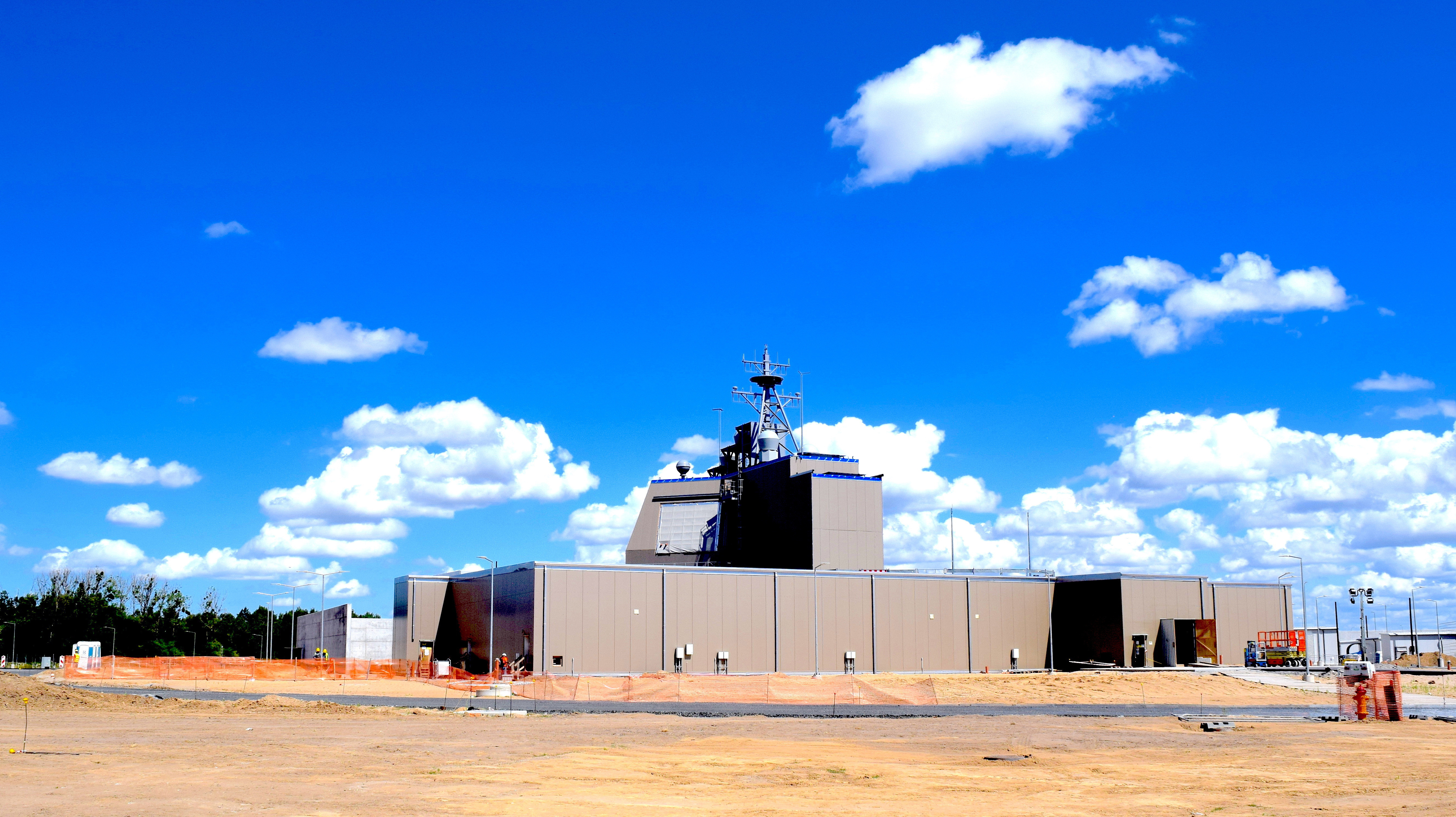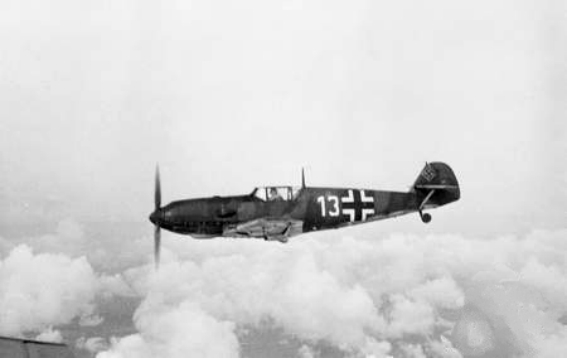|
Heinrich Füllgrabe
Heinrich Füllgrabe (26 July 1916 – 30 January 1945) was a Luftwaffe ace and recipient of the Knight's Cross of the Iron Cross during World War II. The Knight's Cross of the Iron Cross was awarded to recognise extreme battlefield bravery or successful military leadership. After joining the Luftwaffe in the late 1930s, after his training as a fighter pilot, Füllgrabe was appointed to serve as the Unteroffizier 9./JG 52 in spring 1941. Füllgrabe became a member of one of the most efficient units of the Luftwaffe, Karaya Quartet, where he flew alongside Hermann Graf (212 kills), Alfred Grislawski (133) and Ernst Süß (68). Füllgrabe was killed on 30 January 1945 by Soviet anti-aircraft fire near Brieg in Silesia. During his career he was credited with 67 aerial victories, all of them on the Eastern Front, including five Il-2 Sturmoviks. Early life and career Füllgrabe was born on 26 July 1916 in Witzenhausen in Hesse-Nassau, a province of the Kingdom of Prussia within ... [...More Info...] [...Related Items...] OR: [Wikipedia] [Google] [Baidu] |
Witzenhausen
Witzenhausen () is a small town in the Werra-Meißner-Kreis in northeastern Hesse, Germany. It was granted town rights in 1225, and until 1974 was a district seat. The University of Kassel maintains a satellite campus in Witzenhausen, which offers an ecological agricultural sciences programme, putting Witzenhausen among Germany's smallest university towns. There is also a teaching institute (:de:DEULA, DEULA) for environment and technology, agriculture, horticulture and landscaping. The town is nationally known for the invention of the ''Biotonne'' biological refuse container, and is an important cherry-growing area, with a yearly ''Kesperkirmes'' or “Cherry Fair” (''Kesper'' is a regional name for the cherry), at which a Cherry Queen (''Kirschenkönigin'') is chosen. Geography Location Witzenhausen lies on the northeast slope of the Kaufunger Wald, which is surrounded by the Meißner-Kaufunger Wald Nature Park. The town is found at the mouth of the Gelster, where it empties ... [...More Info...] [...Related Items...] OR: [Wikipedia] [Google] [Baidu] |
Ernst Süß
Ernst Süß (31 August 1912 – 20 December 1943) was a Luftwaffe fighter ace and recipient of the Knight's Cross of the Iron Cross during World War II. Flying with ''Jagdgeschwader'' 52 on the Eastern Front, he claimed 64 aerial victories. In October 1943, Süß was appointed ''Staffelkapitän'' (squadron leader) of 9. '' Staffel'' (9th squadron) of ''Jagdgeschwader'' 11, a unit fighting on Western Front in defense of the Reich missions. Süß claimed one further aerial victory with this unit before he was killed in action on 20 December 1943. Early life and career Süß was born on 31 August 1912 in Possessern, at the time in East Prussia, province of the Kingdom of Prussia within the German Empire, present-day Pozezdrze in northern Poland. On 1 March 1940, III. '' Gruppe'' (3rd group) of ''Jagdgeschwader'' 52 (JG 52—52nd Fighter Wing) was newly formed at Strausberg near Berlin. Initially, this ''Gruppe'' was staffed by personnel from other units, among them Süß ... [...More Info...] [...Related Items...] OR: [Wikipedia] [Google] [Baidu] |
Invasion Of Poland
The invasion of Poland, also known as the September Campaign, Polish Campaign, and Polish Defensive War of 1939 (1 September – 6 October 1939), was a joint attack on the Second Polish Republic, Republic of Poland by Nazi Germany, the Slovak Republic (1939–1945), Slovak Republic, and the Soviet Union, which marked the beginning of World War II. The German invasion began on 1 September 1939, one week after the signing of the Molotov–Ribbentrop Pact between Germany and the Soviet Union, and one day after the Supreme Soviet of the Soviet Union had approved the pact. The Soviet invasion of Poland, Soviets invaded Poland on 17 September. The campaign ended on 6 October with Germany and the Soviet Union dividing and annexing the whole of Poland under the terms of the German–Soviet Frontier Treaty. The aim of the invasion was to disestablish Poland as a sovereign country, with its citizens destined for The Holocaust, extermination. German and Field Army Bernolák, Slovak forces ... [...More Info...] [...Related Items...] OR: [Wikipedia] [Google] [Baidu] |
Merseburg
Merseburg () is a town in central Germany in southern Saxony-Anhalt, situated on the river Saale, and approximately 14 km south of Halle (Saale) and 30 km west of Leipzig. It is the capital of the Saalekreis district. It had a diocese founded by Archbishop Adalbert of Magdeburg. The University of Merseburg is located within the town. Merseburg has around 35,000 inhabitants. Names * * * * * * Geography The town Merseburg consists of Merseburg proper and the following four ''Ortschaften'' or municipal divisions:Hauptsatzung der Stadt Merseburg § 15, April 2019. * Beuna (Geiseltal) * [...More Info...] [...Related Items...] OR: [Wikipedia] [Google] [Baidu] |
Słupsk-Redzikowo Airport
Słupsk-Redzikowo Airport is a disused civil airport in Słupsk (100,000 inhabitants), northern Poland. Its airport in Słupsk- Redzikowo, that has a 7,200-foot-long runway, and a record of serving domestic flights to the popular seaside destination close to the Baltic sea. In the 1980s there were scheduled flights to Warsaw and Koszalin, and before World War II to Berlin and Königsberg. It covers approximately 2.5 million people in its catchment area, and many popular seaside resorts. Słupsk participates in the "DEAR" project, that supports the local authorities trying to revive its airports. History The airfield Stolp-West was opened in 1916 for the Imperial German ''Luftstreitkräfte'', after the Versailles Treaty the airfield was used as a civilian airport. It became a vital connection to East Prussia, which was cut off from mainland Germany by the Polish Corridor. In 1921, the "Luftverkehrsgesellschaft Pommern" was founded which operated from Stolp-West. The Deutsche Luft ... [...More Info...] [...Related Items...] OR: [Wikipedia] [Google] [Baidu] |
Jagdfliegerschule
The German Luftwaffe of the Wehrmacht had seven ''Jagdfliegerschulen'' or Fighter Pilot Schools. Jagdfliegerschule Werneuchen or Jagdfliegerschule 1 Jagdfliegerschule Werneuchen was formed on 1 November 1937 in Werneuchen consisting of 3 ''Staffeln'' (squadrons). The school was renamed to ''Jagdfliegerschule'' 1 on 15 January 1940. On 17 December 1941 an operation squadron (''Einsatz-Staffel'') was formed in Jever. This operational squadron then became part of an ad hoc formation called ''Jagdgruppe Losigkeit'', led by ''Hauptmann'' Fritz Losigkeit, to protect a group of warships moving to Norway. ''Jagdgruppe Losigkeit'' was renamed to 10./ Jagdgeschwader 1 in late March 1942. The entire school was renamed on 15 December 1942 and became ''Jagdgeschwader'' 101. Commanding officers *Oberst Theodor Osterkamp, 1 November 1937 – 20 November 1939 *Oberstleutnant Otto-Friedrich Freiherr von Houwald, 20 November 1939 – 15 December 1942 ''Jagdfliegerschule'' Schleißheim or ''Jagd ... [...More Info...] [...Related Items...] OR: [Wikipedia] [Google] [Baidu] |
Jagdgeschwader 26
''Jagdgeschwader'' 26 (JG 26) ''Schlageter'' was a German fighter-wing of World War II. It was named after Albert Leo Schlageter, a World War I veteran, Freikorps member, and posthumous Nazi martyr, arrested and executed by the French for sabotage in 1923. The wing fought predominantly against the Western Allies. Formed in May 1939, JG 26 spent the Phoney War period guarding Germany's western borders following the German invasion of Poland and the outbreak of World War II. In May and June 1940 it served in the Battle of Belgium and Battle of France. From July 1940 it operated over England in the Battle of Britain under the command of Adolf Galland, future '' General der Jagdflieger''. JG 26 remained in France and Belgium fighting against the RAF Fighter Command Circus offensive in 1941 and 1942, with considerable tactical success. In 1943 it faced the USAAF Eighth Air Force, and along with the rest of the Luftwaffe fighter force, was worn down over Western Euro ... [...More Info...] [...Related Items...] OR: [Wikipedia] [Google] [Baidu] |
Jagdgeschwader 234
''Jagdgeschwader'' 234 was a fighter wing of Nazi Germany's Luftwaffe in World War II. It operated during peacetime and conducted formation flying, simulated aerial combat, and firing on ground targets. Many of its pilots came from Jagdgruppe 88 (Legion Condor) operating in Spain during the Spanish Civil War. Organisation Main article: Organisation of the Luftwaffe (1933–45) A Luftwaffe ''Geschwader'' (wing formation) was the largest homogenous flying formation. It typically was made up of three groups (''Gruppen''). Each group contained approximately 30 to 40 aircraft in three squadrons (''Staffeln''). A ''Jagdgeschwader'' could field 90 to 120 fighter aircraft. In some cases a wing could be given a fourth ''gruppe''. Each wing had a ''Geschwaderkommodore'' (wing commander) supporting by three '' Gruppenkommandeur'' (Group Commanders). Each squadron was commanded by a ''Staffelkapitän'' (squadron leader). The ''staffel'' contained approximately 12 to 15 aircraft. The identi ... [...More Info...] [...Related Items...] OR: [Wikipedia] [Google] [Baidu] |
Organization Of The Luftwaffe (1933–1945)
Between 1933 and 1945, the organization of the Luftwaffe underwent several changes. Originally, the German military high command, for their air warfare forces, decided to use an organizational structure similar to the army and navy, treating the aviation branch as a strategic weapon of war. Later on, during the period of rapid rearmament, the Luftwaffe was organized more in a geographical fashion. Under the terms of the Treaty of Versailles (1919), Germany was prohibited from having an air force, with the former German Empire's ''Luftstreitkräfte'' disbandment in 1920. German pilots were secretly trained for military aviation, first in the Soviet Union during the late 1920s, and then in Germany in the early 1930s. In Germany, the training was done under the guise of the German Air Sports Association ( (DLV)) at the Central Commercial Pilots School ( (ZVF)). Following its 15 May 1933 formation in secret, the formation of the German air arm was openly announced in February 1935, ... [...More Info...] [...Related Items...] OR: [Wikipedia] [Google] [Baidu] |
German Empire
The German Empire (),; ; World Book, Inc. ''The World Book dictionary, Volume 1''. World Book, Inc., 2003. p. 572. States that Deutsches Reich translates as "German Realm" and was a former official name of Germany. also referred to as Imperial Germany, the Second Reich or simply Germany, was the period of the German Reich; . from the unification of Germany in 1871 until the German revolution of 1918–1919, November Revolution in 1918, when the German Reich changed its form of government from a monarchy to a Weimar Republic, republic. The German Empire consisted of States of the German Empire, 25 states, each with its own nobility: four constituent Monarchy, kingdoms, six Grand duchy, grand duchies, five Duchy, duchies (six before 1876), seven Principality, principalities, three Free imperial city, free Hanseatic League, Hanseatic City-state, cities, and Alsace–Lorraine, one imperial territory. While Prussia was one of four kingdoms in the realm, it contained about two-thirds ... [...More Info...] [...Related Items...] OR: [Wikipedia] [Google] [Baidu] |
Kingdom Of Prussia
The Kingdom of Prussia (, ) was a German state that existed from 1701 to 1918.Marriott, J. A. R., and Charles Grant Robertson. ''The Evolution of Prussia, the Making of an Empire''. Rev. ed. Oxford: Clarendon Press, 1946. It played a significant role in the unification of Germany in 1871 and was a major constituent of the German Empire until its German Revolution of 1918–1919, dissolution in 1918. Although it took its name from the Prussia (region), region called Prussia, it was based in the Margraviate of Brandenburg. Its capital was Berlin. The list of monarchs of Prussia, kings of Prussia were from the House of Hohenzollern. The polity of Brandenburg-Prussia, predecessor of the kingdom, became a military power under Frederick William, Elector of Brandenburg, known as "The Great Elector". As a kingdom, Prussia continued its rise to power, especially during the reign of Frederick the Great, Frederick II "the Great".Horn, D. B. "The Youth of Frederick the Great 1712–30." ... [...More Info...] [...Related Items...] OR: [Wikipedia] [Google] [Baidu] |






